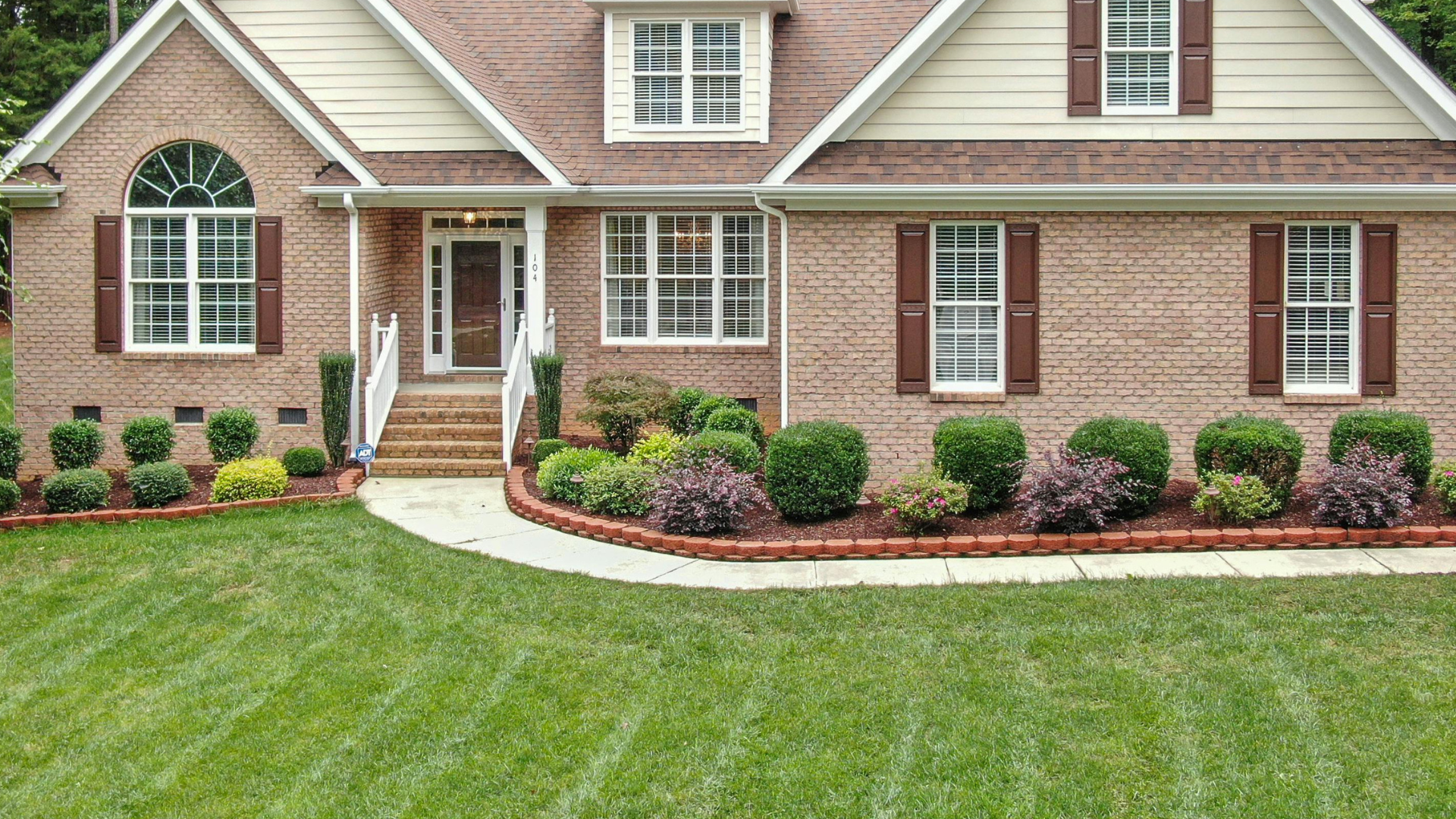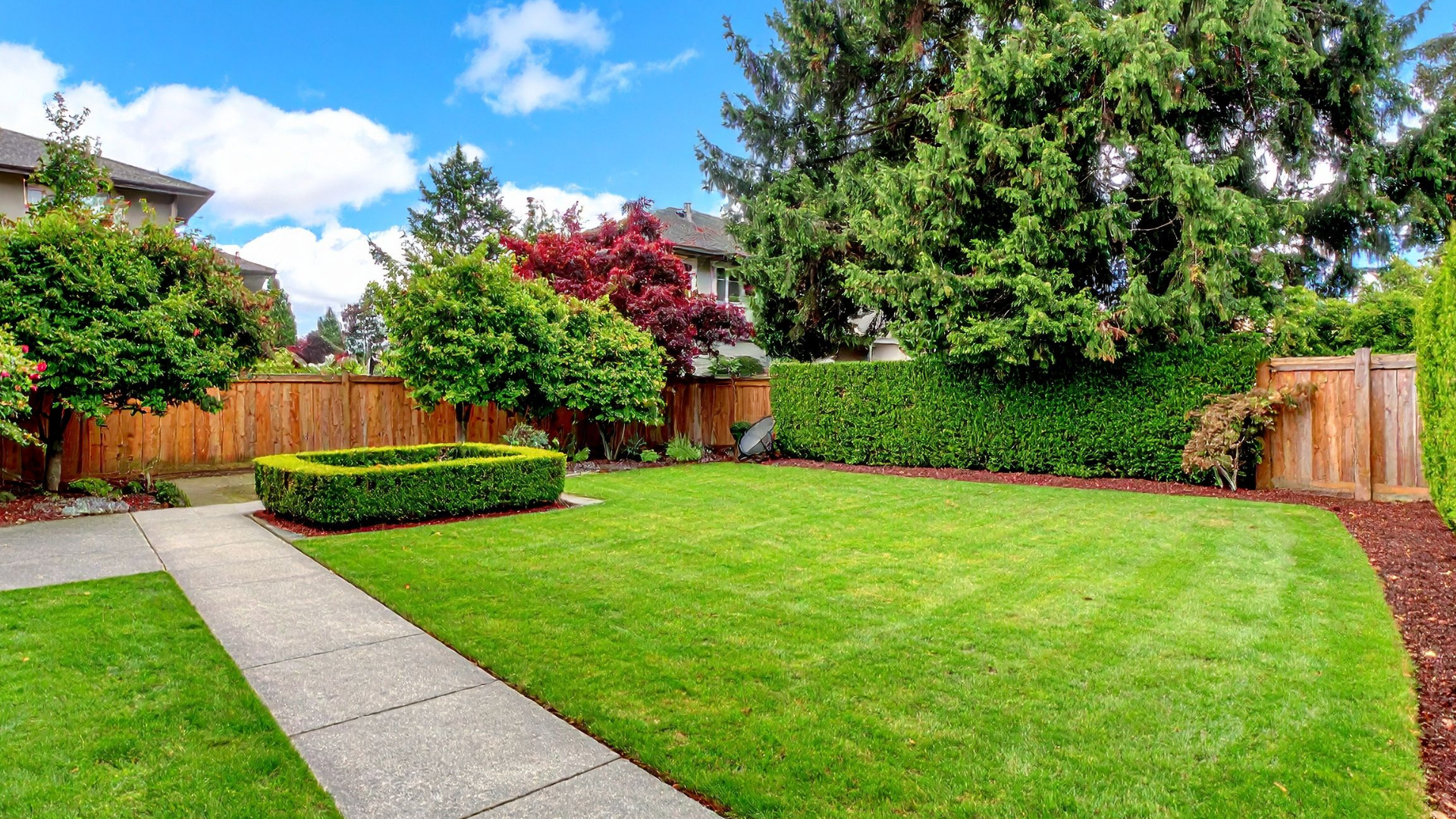When it comes to selecting the best roofing material for your home, there are a lot of factors to consider. The roof is one of the most critical components of your house, providing protection, insulation, and aesthetic appeal. But with so many options available, choosing the right material can be a daunting task. Whether you’re building a new home or replacing an old roof, here’s a guide to help you understand the best types of roofing materials and which will suit you best.
Asphalt Shingles
Asphalt shingles are the most popular roofing material in North America, known for their affordability, ease of installation, and variety in styles and colors.
Pros
Cost-Effective: Asphalt shingles are one of the least expensive roofing materials, making them ideal for homeowners on a budget.
Variety of Styles: They come in a wide range of colors and textures, allowing for flexibility in design.
Easy Installation: Quick and simple to install, which reduces labor costs.
Cons
Shorter Lifespan: Asphalt shingles generally last 15-30 years, which is shorter compared to other materials.
Weather Susceptibility: They can be damaged by high winds, extreme heat, and hail.
Best For
Budget-conscious homeowners looking for an affordable, traditional roof with decent durability.

Metal Roofing
Metal roofs are becoming more popular due to their durability, energy efficiency, and sleek, modern appearance. They can be made from materials like aluminum, steel, copper, and zinc.
Pros
Longevity: Metal roofs can last 40-70 years, making them one of the more durable options.
Durability: Resistant to harsh weather conditions, including wind, hail, and heavy rain.
Energy Efficiency: Metal reflects heat from the sun, which can lower cooling costs in hot climates.
Cons
Upfront Cost: Metal roofs can be expensive initially, although the long-term savings on maintenance and energy costs may offset this.
Noise: Without proper insulation, metal roofs can be noisy during rain or hailstorms.
Best For
Homeowners in areas with extreme weather conditions who are looking for a long-lasting, low-maintenance option.

Clay and Concrete Tiles
Clay and concrete tiles are known for their durability and classic Mediterranean or Spanish-style aesthetic. These heavy materials offer great longevity and resistance to the elements.
Pros
Long Lifespan: These tiles can last 50-100 years with minimal maintenance.
Fire and Weather Resistant: They perform well in both hot and cold climates and are highly resistant to fire.
Aesthetic Appeal: Ideal for homes with a traditional, Mediterranean, or Spanish architectural style.
Cons
Heavy Weight: The weight of clay and concrete tiles may require additional structural support, which can increase installation costs.
Expensive: High upfront costs compared to other materials, although they offer long-term savings due to their durability.
Best For
Homeowners in hot climates or those seeking a Mediterranean or traditional look with a highly durable material.

Slate Roofing
Slate is a premium roofing material often associated with luxury homes due to its natural beauty, durability, and high price tag. It’s made from natural stone and has been used for centuries.
Pros
Exceptional Longevity: Slate roofs can last over 100 years, making them a once-in-a-lifetime investment.
Natural Aesthetic: Provides a unique, timeless, and elegant look that’s unmatched by any other roofing material.
Fire and Weather Resistant: Slate is fireproof and stands up well to harsh weather conditions.
Cons
High Cost: Slate is one of the most expensive roofing materials, both in terms of the material itself and installation.
Heavy: Like clay tiles, slate requires additional structural support due to its weight.
Best For
Homeowners who want a luxurious, long-lasting roof and have the budget to support both the material and additional structural needs.

Wood Shingles and Shakes
Wood shingles and shakes provide a rustic, natural look that is especially appealing in certain architectural styles like cottages or homes in wooded areas. Cedar is the most common type of wood used for roofing.
Pros
Natural Beauty: Wood shingles and shakes have a warm, organic appearance that ages beautifully.
Energy Efficiency: Wood is a natural insulator, offering additional thermal protection for your home.
Cons
Maintenance: Wood roofs require more upkeep, including treatments for insects, rot, and fire resistance.
Fire Hazard: Without proper treatment, wood roofs can be a fire hazard, especially in dry, wildfire-prone areas.
Best For
Homeowners looking for a natural, rustic aesthetic, especially in regions where wood complements the local environment.

Synthetic Roofing Materials
Synthetic roofing materials, such as rubber, plastic, or polymer blends, are designed to mimic the appearance of natural materials like slate or wood but with added durability and lower cost.
Pros
Cost-Effective Alternative: Offers the appearance of premium materials at a fraction of the price.
Lightweight: Requires less structural support than slate or concrete tiles.
Durable: Synthetic materials are often resistant to impact, weather, and UV radiation.
Cons
Less Proven Longevity: While many synthetic materials are designed for durability, they don’t have the centuries-old track record of natural materials.
Appearance: Some synthetic options may not perfectly replicate the authentic look of the materials they mimic.
Best For
Homeowners seeking a budget-friendly alternative to traditional materials with modern benefits like durability and low maintenance.

Factors to Consider When Choosing Roofing Material
- Climate: Different roofing materials perform better in certain climates. For example, metal is great in areas prone to high winds, while clay tiles are ideal for hot, arid climates.
- Budget: While some materials may have higher upfront costs, they can offer savings in the long run through energy efficiency and minimal maintenance.
- Aesthetic: Your roofing material should complement the overall design and style of your home. Consider how different materials will look with your existing exterior.
- Longevity: Some materials, like metal and slate, can last a lifetime, whereas others, like asphalt shingles, may need replacement every 20-30 years.
- Local Building Codes: Some areas have restrictions on certain materials due to fire safety or weather concerns, so it’s important to check local regulations.
Conclusion: What’s the Best Roofing Material for You?
Choosing the best roofing material depends on your specific needs, including your budget, climate, and aesthetic preferences. If you’re looking for affordability and flexibility, asphalt shingles are a solid option. For durability and energy efficiency in extreme climates, metal roofing is ideal. If you prefer a traditional, luxurious appearance and long-term investment, slate or clay tiles could be your perfect match.
Ultimately, the best roofing material for your home is one that strikes a balance between durability, aesthetics, and cost-efficiency while meeting the demands of your climate and architectural style.


